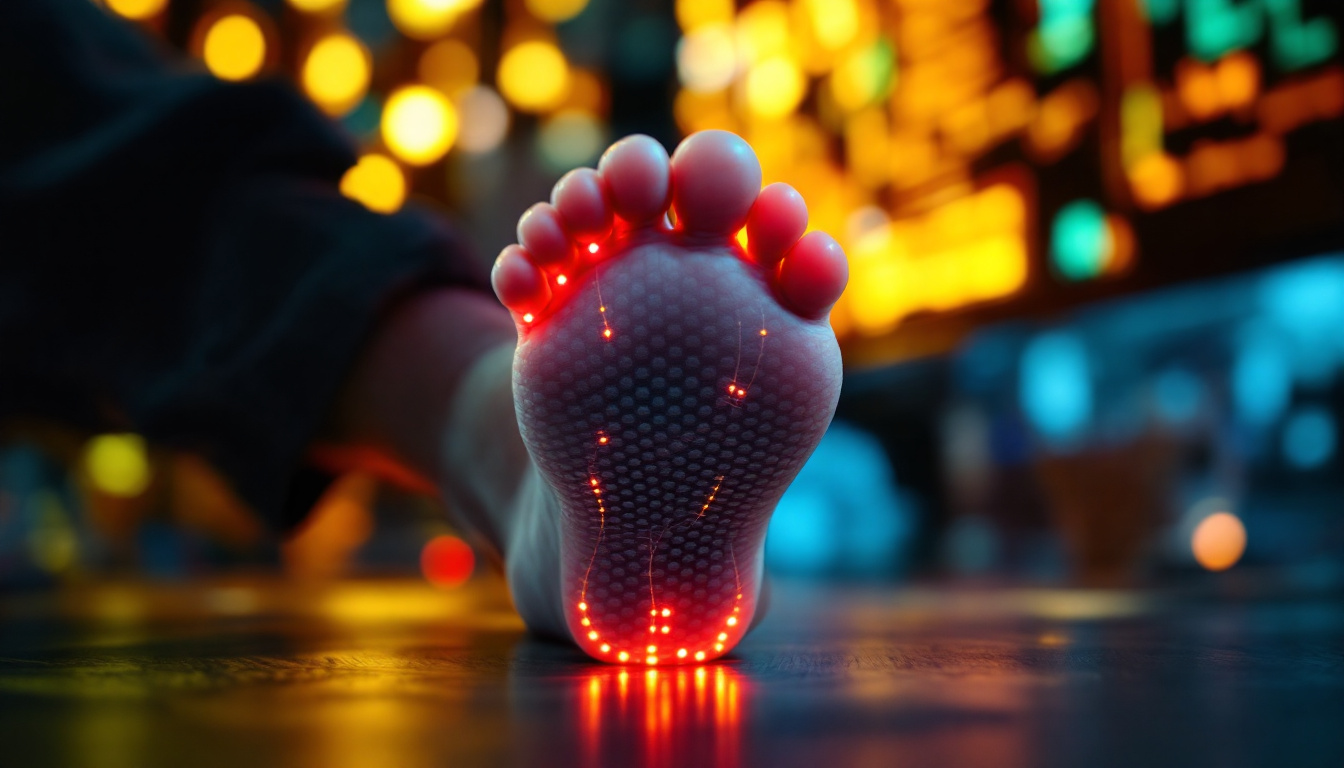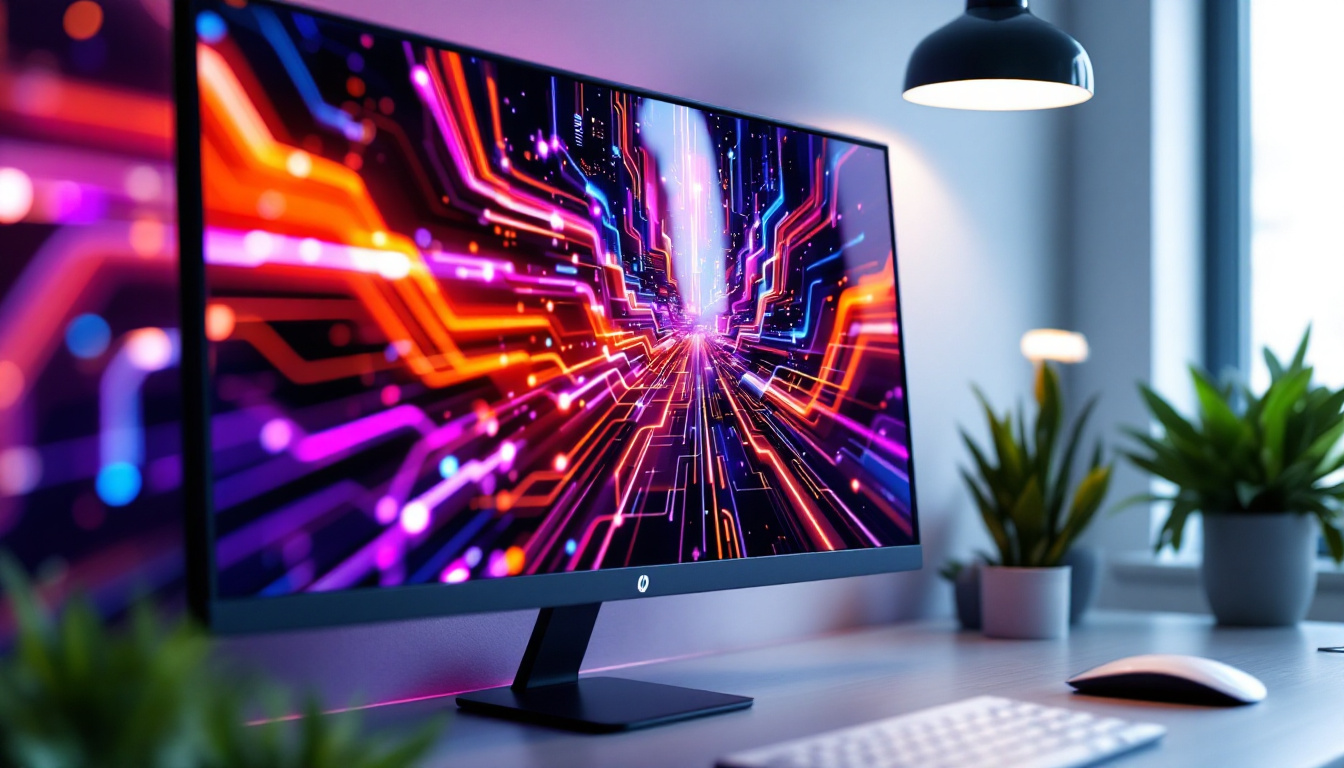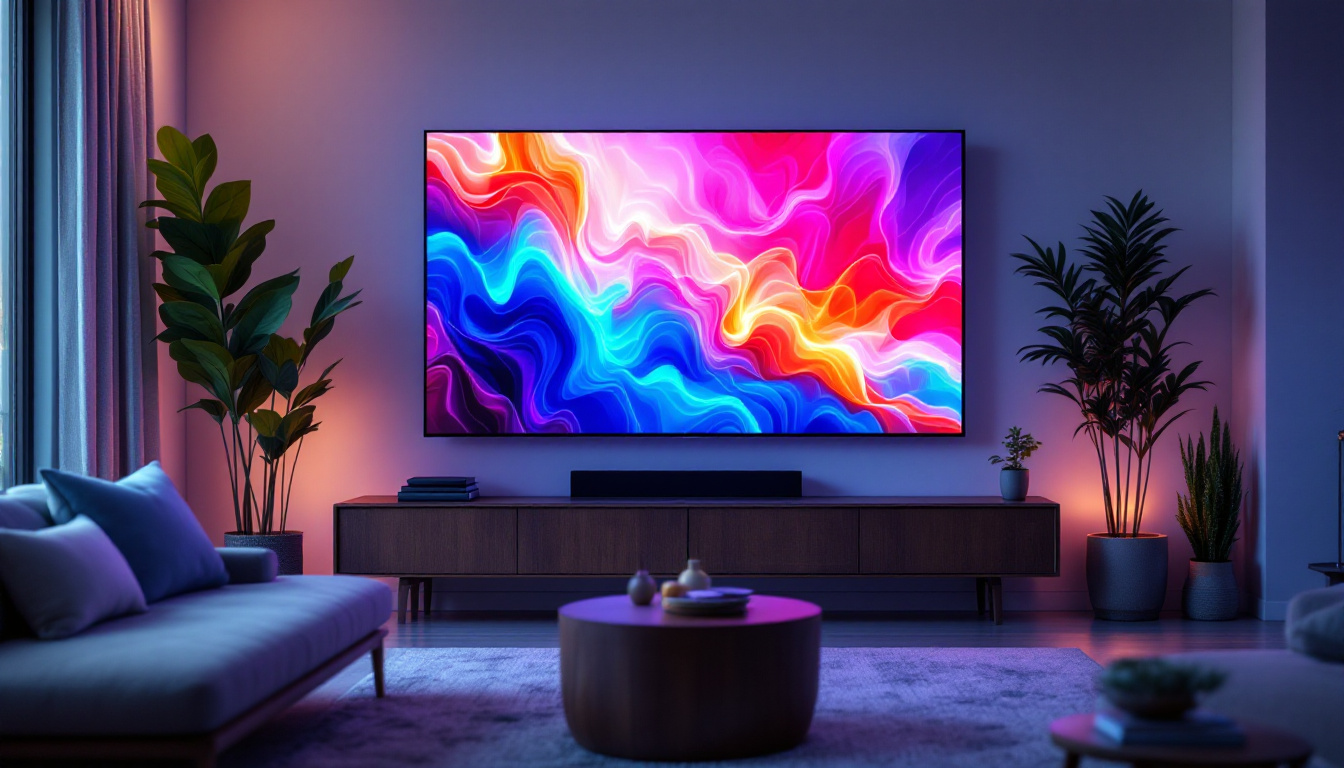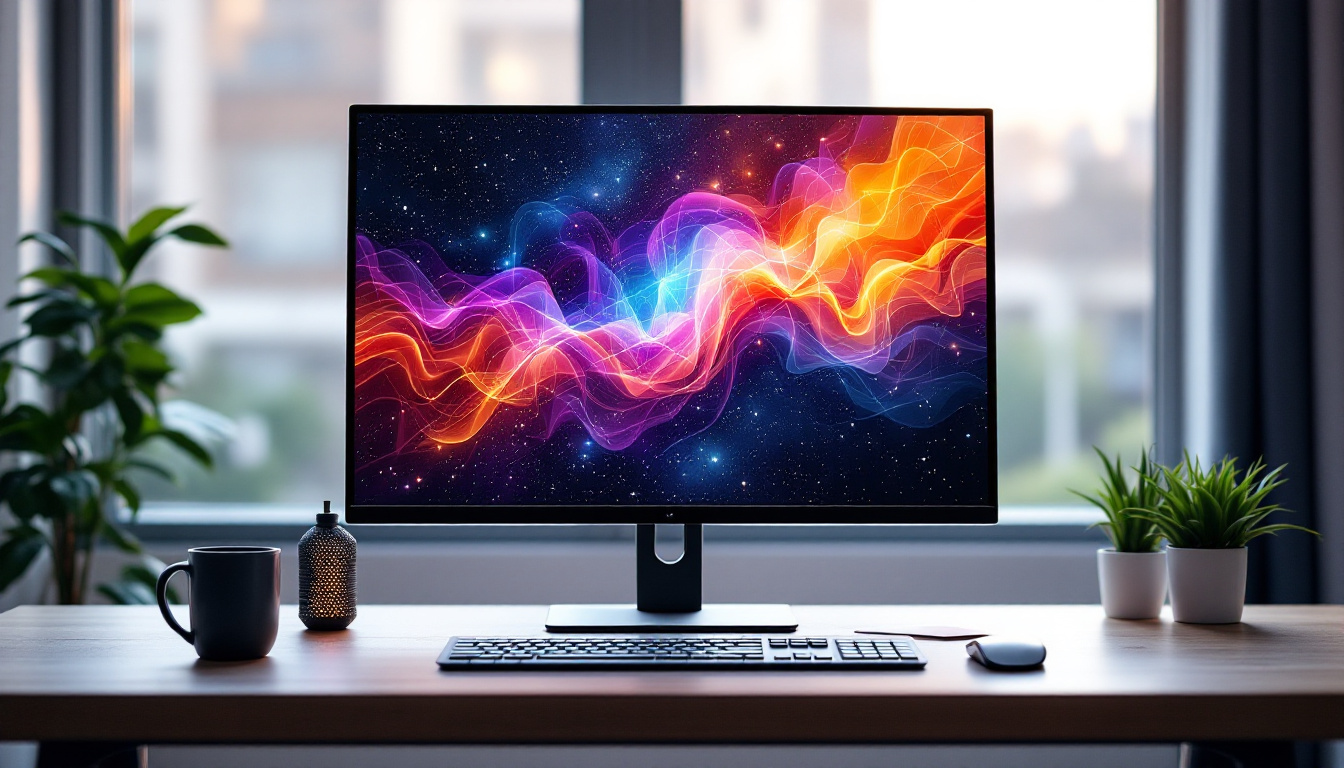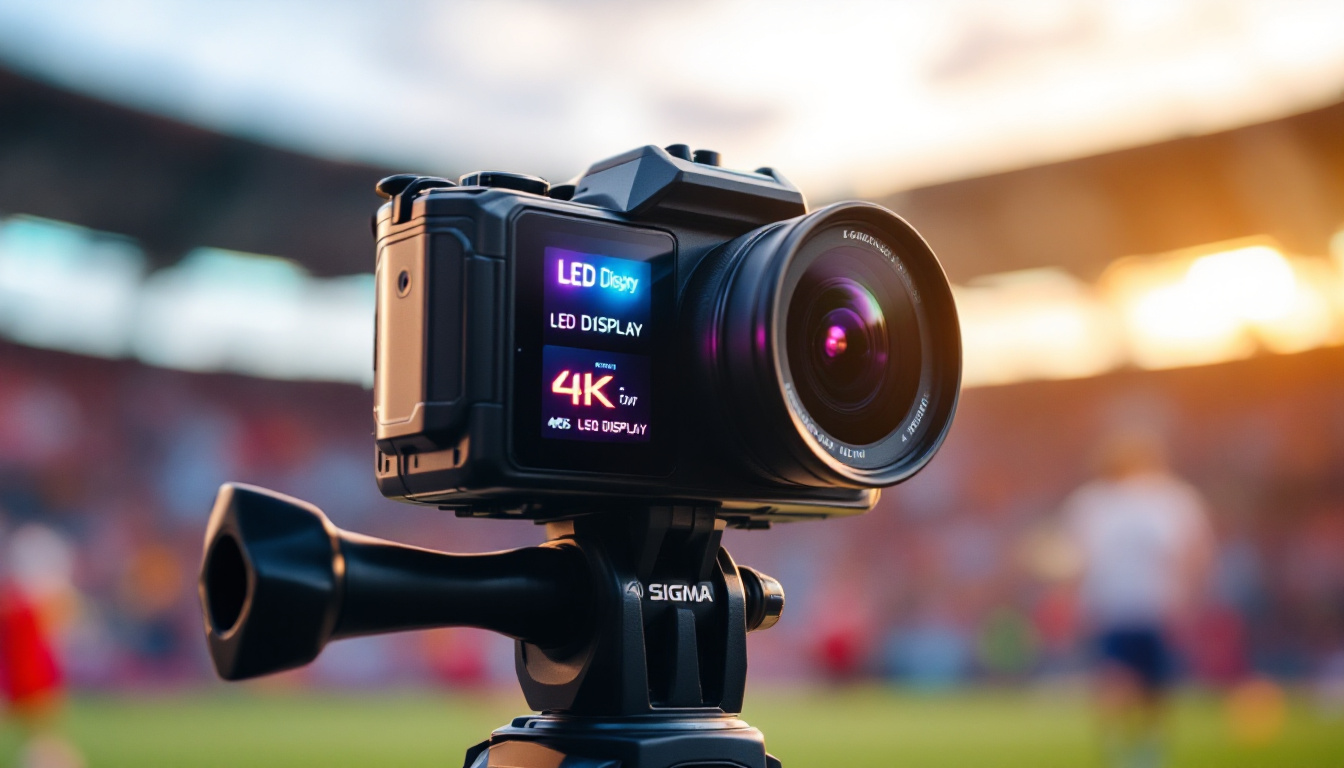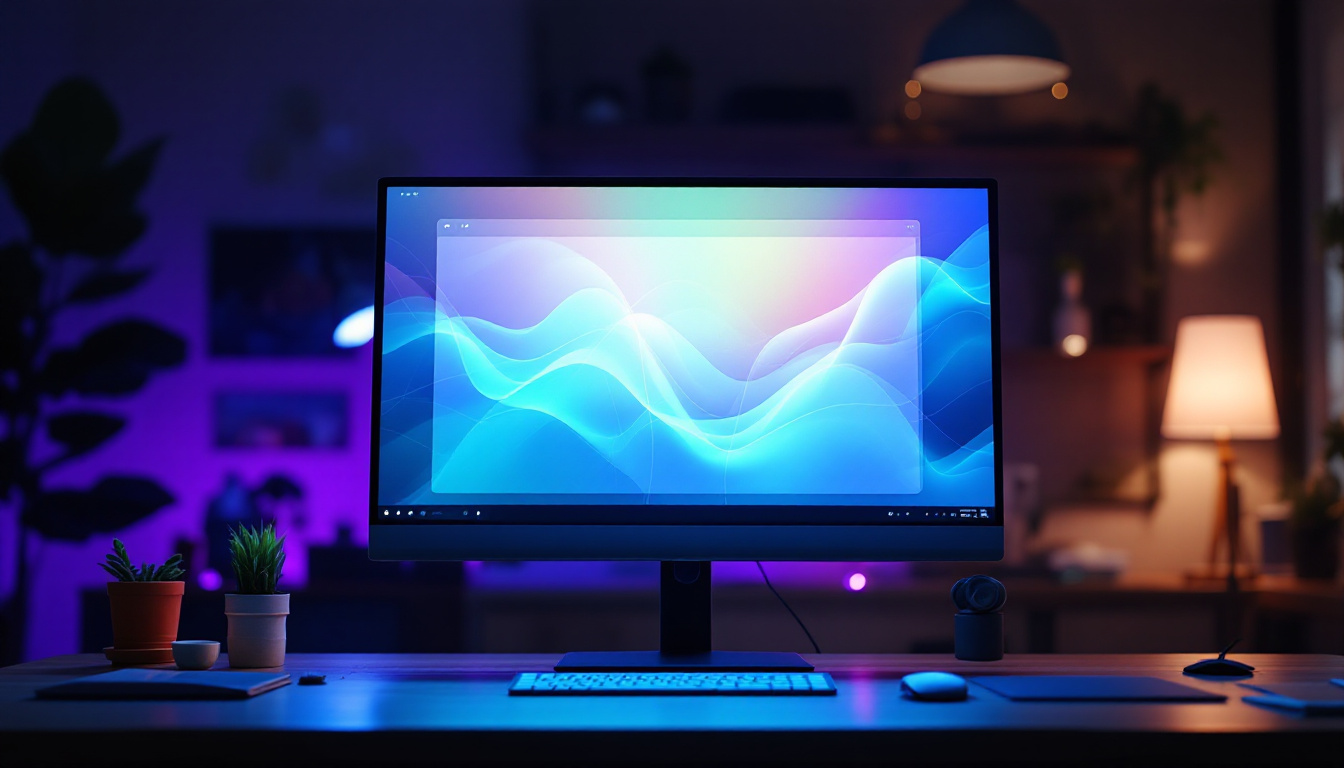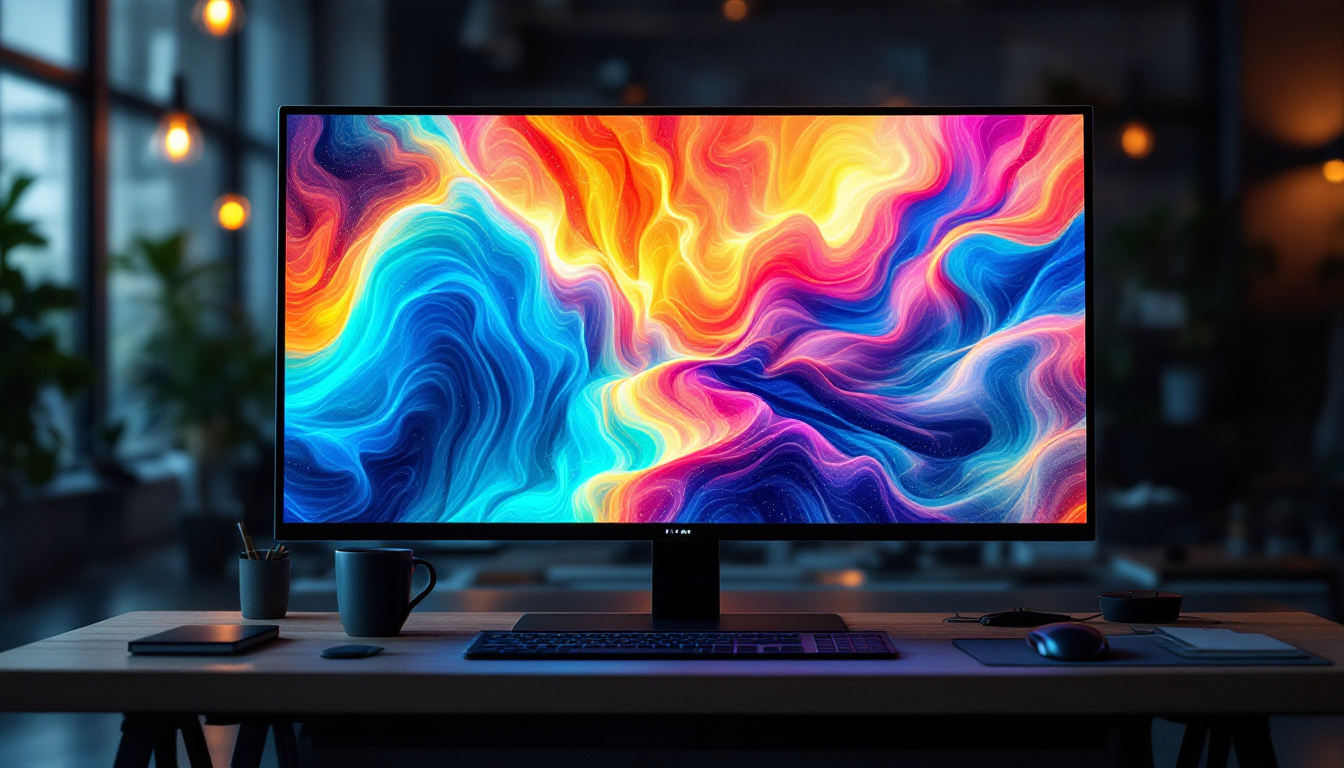Understanding the Plantar View of the Foot
The plantar view of the foot refers to the perspective from the bottom of the foot, showcasing its intricate structure and functionality. This view is crucial for various medical and biomechanical applications, including gait analysis, orthotic design, and sports medicine. By examining the plantar surface, healthcare professionals can gain insights into foot health, identify abnormalities, and tailor treatments accordingly.
The foot is a complex structure composed of bones, muscles, tendons, and ligaments, all working together to provide support and mobility. The plantar view highlights key areas such as the arches, metatarsal heads, and heel, which play significant roles in weight distribution and balance. Understanding this anatomy is essential for anyone involved in foot care or rehabilitation.
The Importance of the Plantar View
Analyzing the plantar view can reveal a wealth of information about an individual’s foot mechanics. For instance, flat feet or high arches can lead to various issues, including pain and instability. By utilizing the plantar view, specialists can assess these conditions and recommend appropriate interventions, such as custom orthotics or physical therapy.
Moreover, the plantar view is vital in sports medicine, where athletes often experience foot-related injuries. A detailed examination can help identify any biomechanical deficiencies that may contribute to these injuries, allowing for preventative measures to be put in place. The plantar view also assists in understanding how different surfaces affect foot mechanics; for example, running on a track versus a trail can engage the foot’s muscles differently, influencing overall performance and injury risk.
In addition to its clinical applications, the plantar view is also significant in the field of podiatric research. Studies focusing on the plantar surface can lead to a deeper understanding of how various conditions, such as diabetes or arthritis, impact foot health over time. Researchers often use advanced imaging techniques to analyze the plantar view, providing valuable data that can enhance treatment protocols and improve patient outcomes. Furthermore, this research can inform the development of new footwear technologies aimed at optimizing foot function and comfort, which is particularly beneficial for individuals with chronic foot issues.
LED Displays in Foot Analysis
LED displays have revolutionized the way foot analysis is conducted, providing a modern and efficient method for visualizing the plantar view. These displays are often integrated into diagnostic tools that capture real-time data about foot pressure and distribution. The use of LED technology enhances the clarity and accuracy of the information presented, making it easier for both practitioners and patients to understand.
By employing LED displays, healthcare professionals can visualize pressure points on the foot, which are critical for diagnosing various conditions. This technology allows for a dynamic representation of how the foot interacts with different surfaces, providing insights that traditional methods may overlook. For instance, the ability to see how foot pressure changes during different activities—such as walking, running, or standing—can lead to more tailored treatment plans that address specific needs.
How LED Displays Work
LED displays function by utilizing sensors placed within the insole of a shoe or on a platform. These sensors detect pressure changes as the individual walks or stands, translating this data into visual representations on the screen. The output typically includes color-coded maps that indicate areas of high and low pressure, making it easy to identify problem areas. This technology not only aids in immediate assessments but can also be used for educational purposes, helping patients visualize their foot mechanics and understand the implications of their foot health.
The integration of LED technology not only improves the accuracy of foot assessments but also enhances the patient experience. Visual feedback allows patients to see their foot mechanics in real time, fostering a better understanding of their condition and the importance of treatment plans. Moreover, the interactive nature of these displays can engage patients more effectively, encouraging them to take an active role in their recovery and rehabilitation processes.
Benefits of Using LED Displays in Foot Analysis
One of the primary benefits of using LED displays in foot analysis is the immediate feedback they provide. This instant visualization helps practitioners make informed decisions quickly, leading to more effective treatment strategies. Additionally, the ability to track changes over time can be invaluable for monitoring progress and adjusting treatments as necessary. For example, athletes can benefit from periodic assessments that reveal how their foot pressure patterns evolve with training, allowing for adjustments to their footwear or techniques to prevent injuries.
Furthermore, LED displays can be used in various settings, from clinical environments to sports facilities. This versatility makes them accessible to a wide range of professionals, enhancing the overall standard of foot care. In sports medicine, for instance, coaches and trainers can utilize these displays to optimize athletes’ performance by analyzing their foot dynamics during training sessions. This real-time data can lead to improved techniques and reduced risk of injuries, ultimately contributing to better athletic performance and longevity in the sport.
Applications of Plantar View Analysis
The applications of plantar view analysis using LED displays are extensive, impacting various fields such as podiatry, orthopedics, and sports science. Each application leverages the insights gained from analyzing foot mechanics to improve patient outcomes and performance.
Podiatry and Orthopedics
In podiatry, the plantar view is essential for diagnosing conditions like plantar fasciitis, bunions, and neuromas. By understanding the pressure distribution across the foot, podiatrists can develop targeted treatment plans that address the root causes of pain and discomfort. This may include recommending specific footwear, custom orthotics, or physical therapy exercises.
Orthopedic specialists also benefit from plantar view analysis, particularly when assessing the impact of foot mechanics on lower limb alignment. Misalignments can lead to knee, hip, and back pain, making it crucial to address foot issues to prevent further complications.
Sports Science and Performance Enhancement
In the realm of sports science, understanding the plantar view can significantly enhance athletic performance. Coaches and trainers can analyze an athlete’s foot mechanics to optimize their training regimens, ensuring that they are using their feet efficiently. This analysis can also help in injury prevention by identifying biomechanical flaws that may predispose athletes to injuries.
Moreover, sports footwear companies are increasingly utilizing plantar view analysis to design shoes that cater to specific athletic needs. By understanding how different foot types interact with various surfaces, manufacturers can create footwear that enhances performance while minimizing the risk of injury.
Challenges and Limitations of Plantar View Analysis
While the plantar view of the foot and the use of LED displays offer numerous advantages, there are also challenges and limitations to consider. Understanding these factors is crucial for practitioners aiming to provide the best care possible.
Technical Limitations
One of the primary challenges associated with LED displays is the accuracy of the sensors used in foot analysis. Variations in sensor calibration can lead to inconsistent results, potentially affecting the diagnosis and treatment recommendations. Ensuring that equipment is regularly maintained and calibrated is essential for obtaining reliable data.
Additionally, the interpretation of the data presented on LED displays can be complex. Practitioners must be well-trained to understand the implications of the pressure maps and how they relate to specific foot conditions. Without proper training, there is a risk of misdiagnosis or ineffective treatment plans.
Patient Compliance and Understanding
Another challenge lies in patient compliance and understanding. While LED displays provide visual feedback, not all patients may grasp the significance of the data presented. It is essential for practitioners to take the time to explain the findings and their implications, ensuring that patients are engaged in their treatment plans.
Moreover, some patients may be hesitant to adopt recommended changes, such as wearing custom orthotics or modifying their footwear. Building rapport and trust between practitioners and patients is vital for overcoming these hurdles and ensuring successful outcomes.
The Future of Plantar View Analysis
The future of plantar view analysis looks promising, with advancements in technology paving the way for even more sophisticated tools and techniques. As research continues to evolve, practitioners can expect to see improvements in both the accuracy and accessibility of foot analysis.
Integration of Artificial Intelligence
One exciting development is the potential integration of artificial intelligence (AI) into plantar view analysis. AI algorithms could analyze vast amounts of data to identify patterns and trends that may not be immediately apparent to human practitioners. This could lead to more accurate diagnoses and personalized treatment plans tailored to individual patients.
Furthermore, AI could assist in predicting potential foot-related issues based on a patient’s unique biomechanics, allowing for proactive interventions before problems arise. This shift towards preventative care could significantly enhance patient outcomes and reduce the burden on healthcare systems.
Enhanced Patient Engagement Tools
As technology continues to advance, there will likely be a greater emphasis on patient engagement tools. Mobile applications and wearable devices could provide patients with real-time feedback on their foot mechanics, encouraging them to take an active role in their foot health. By empowering patients with information, healthcare providers can foster a collaborative approach to treatment.
Additionally, educational resources that accompany these tools can help patients understand the importance of foot care and the implications of their foot mechanics on overall health. This holistic approach can lead to improved compliance and better long-term outcomes.
Conclusion
The plantar view of the foot, coupled with the advancements in LED display technology, has transformed the landscape of foot analysis. By providing valuable insights into foot mechanics, practitioners can diagnose and treat a variety of conditions more effectively. While challenges remain, the future of plantar view analysis is bright, with technological advancements promising to enhance both accuracy and patient engagement.
As the field continues to evolve, it is essential for healthcare professionals to stay informed about the latest developments and integrate new technologies into their practice. By doing so, they can ensure that they are providing the highest standard of care for their patients, ultimately leading to better foot health and improved quality of life.
Discover the Future of Foot Analysis with LumenMatrix
Embrace the next step in podiatric care and athletic performance with LumenMatrix’s advanced LED display technology. Our comprehensive range of solutions, including the innovative Floor LED Display, is specifically designed to elevate your understanding of foot mechanics through precise and interactive visualizations. Whether for clinical diagnostics, sports training, or research, LumenMatrix is committed to enhancing your plantar view analysis. Check out LumenMatrix LED Display Solutions today and experience the fusion of technology and healthcare that’s changing the landscape of foot analysis.

